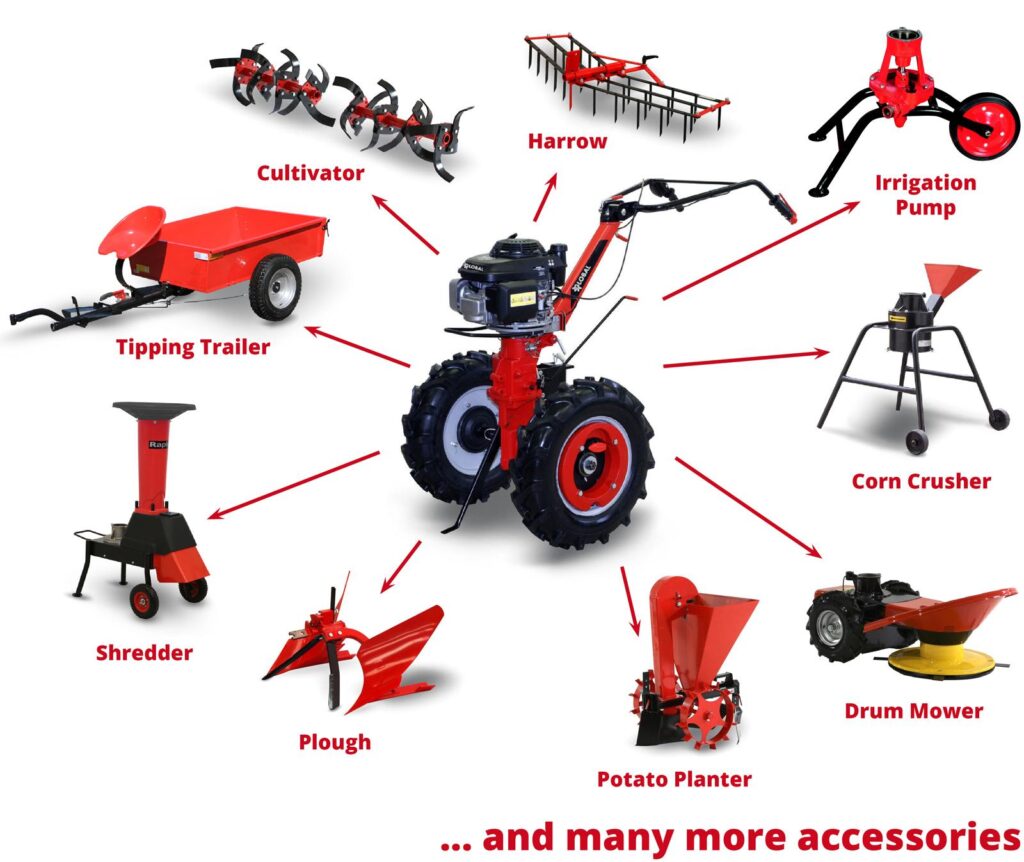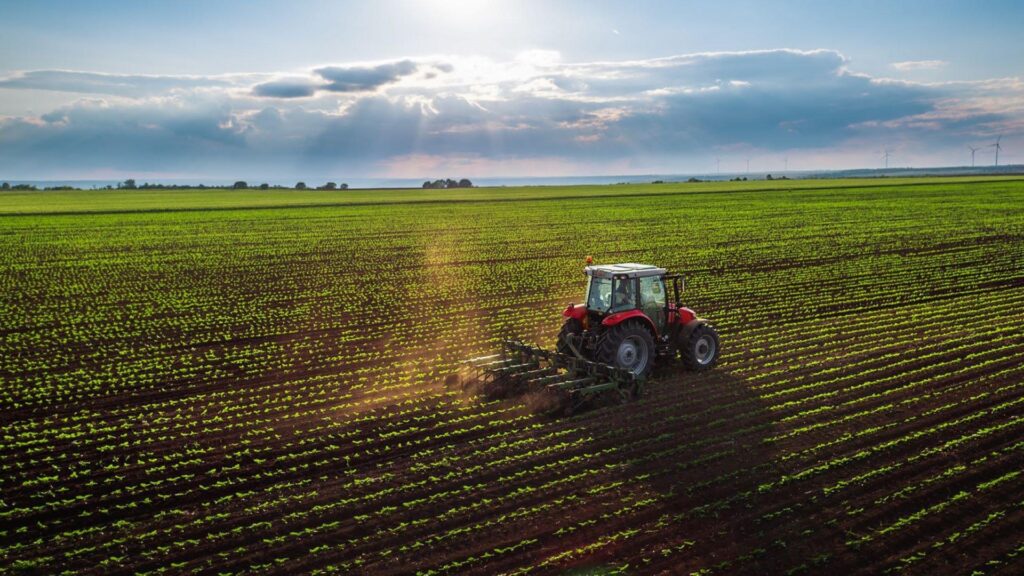The global electric tractor market has emerged as a notable segment within the agricultural machinery sector,driven by increasing environmental concerns and technological advancements in battery technology. This thorough market study examines the current state of electric tractor production worldwide, analyzing key manufacturers, production capacities, and market dynamics. As customary farming practices transition toward sustainable solutions, understanding the scale and scope of electric tractor manufacturing becomes crucial for stakeholders across the agricultural value chain. The agricultural sector is witnessing a significant conversion with the emergence of electric tractors, representing a crucial shift towards sustainable farming practices.Market analysis indicates a compound annual growth rate of 13.2% between 2023 and 2028,driven by increasing environmental consciousness and technological advancements in battery systems.
Leading manufacturers like John Deere, CNH Industrial, and Kubota have intensified their research and development efforts to capture market share in this evolving segment. Thes companies are investing heavily in lithium-ion battery technology and charging infrastructure to address range anxiety concerns among farmers.
North America currently dominates the electric tractor market, accounting for approximately 35% of global sales. This supremacy is attributed to robust government incentives, advanced agricultural practices, and higher adoption rates of sustainable technologies. European markets, particularly Germany and France, follow closely behind, supported by stringent emission regulations and substantial subsidies for electric agricultural equipment.
the Asia-Pacific region presents the highest growth potential, with China and India emerging as key manufacturing hubs.Local manufacturers are developing cost-effective models tailored to small and medium-sized farms, effectively competing with established international brands.
Battery capacity remains a critical factor influencing market dynamics. Current models offer operational durations ranging from 4 to 8 hours, with charging times varying between 3 to 12 hours depending on the charging system. Manufacturers are exploring fast-charging solutions and battery-swapping technologies to minimize downtime during peak farming seasons.
Price points continue to be a significant barrier to widespread adoption. Electric tractors typically cost 20-30% more than their diesel counterparts, though this gap is expected to narrow as production scales up and battery costs decrease. Total cost of ownership analyses indicate potential savings of 30-40% over the equipment’s lifecycle through reduced fuel and maintenance expenses.
Infrastructure development plays a crucial role in market expansion. Countries are implementing specialized programs to establish charging networks in rural areas, frequently enough integrating renewable energy sources to create sustainable charging solutions.
Technological integration is advancing rapidly, with newer models featuring autonomous capabilities, precision farming systems, and IoT connectivity.These features enhance operational efficiency and provide valuable data for farm management decisions.Market forecasts suggest a significant shift in the next decade, with electric tractors projected to represent 25% of all tractor sales by 2030. this transition is supported by evolving regulatory frameworks, particularly in developed markets where emissions standards are becoming increasingly stringent.
Component suppliers are adapting their production capabilities to meet growing demand,with special focus on high-capacity electric motors,advanced power electronics,and thermal management systems. This has created new opportunities for specialized manufacturers and encouraged innovation in the agricultural equipment supply chain.



